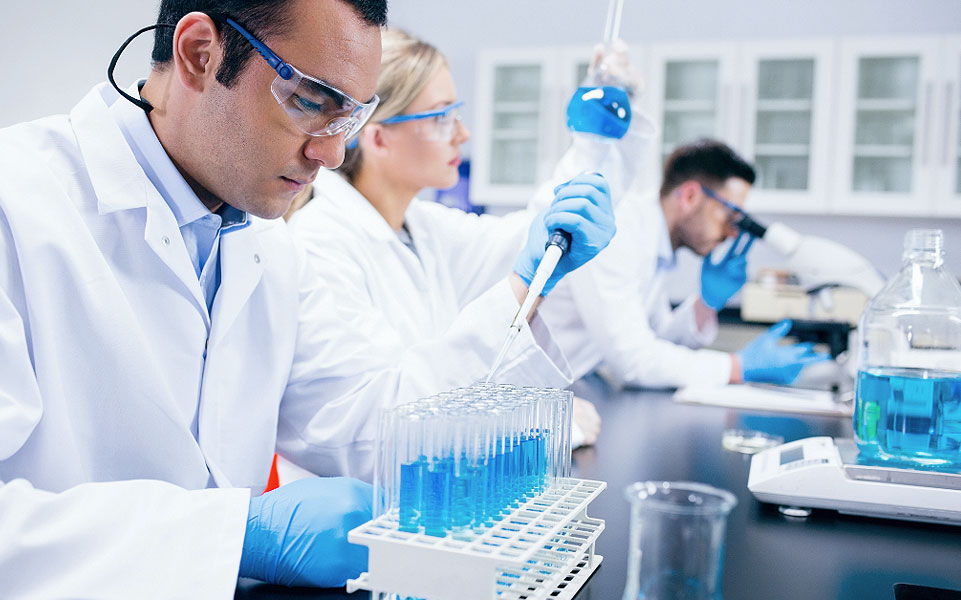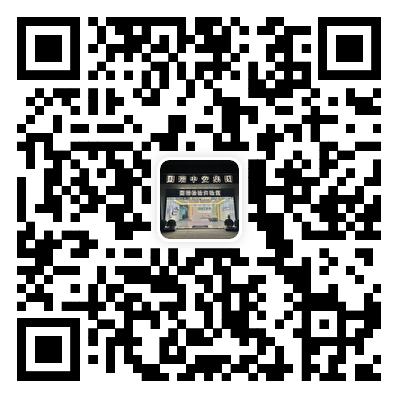您当前的位置: 新闻中心
搜索
- NMPA certification requires adherence to a comprehensive set of standards and regulations, including GB standards, ISO standards, and specific device-related standards. The process involves meeting general and device-specific safety requirements, maintaining a quality management system, conducting necessary clinical evaluations, and complying with post-market surveillance obligations.If you have specific questions about any of these standards or need further details, let me know!
- Preparing for NMPA certification involves assembling detailed documentation, designating a local agent, and submitting comprehensive application materials. Ensuring all documents are accurate and complete will help streamline the process and facilitate a smoother review.If you need more specifics on any part of this process, feel free to ask!
- If you need more details or have specific concerns about preparing for an audit, feel free to ask!
- The NMPA certification process for medical devices in China involves preparing detailed documentation, complying with specific technical standards, undergoing testing, and possibly conducting clinical trials. It's essential to work closely with a local agent or representative to navigate the regulatory landscape and ensure all requirements are met.
- 2024-08-29The scope of application for NMPA certification in China covers a range of medical devices, including both Class I (low-risk) and Classes II and III (higher-risk) devices. Compliance requirements include:
- The NMPA certification audit agency in China requires medical device manufacturers to meet stringent quality management, technical documentation, manufacturing, and regulatory compliance standards. This includes implementing a robust QMS, maintaining detailed technical and clinical documentation, ensuring facility and personnel qualifications, adhering to post-market surveillance requirements, and complying with Chinese regulations. These requirements are crucial for ensuring that medical devices are safe, effective, and of high quality before they are approved for the Chinese market.
- The NMPA plays a vital role in protecting public health in China through a comprehensive approach that includes regulating and overseeing medical products, monitoring safety and efficacy, enforcing compliance, promoting public health, and driving regulatory innovation. By ensuring that medical devices and pharmaceuticals meet high standards of safety and effectiveness, the NMPA helps safeguard the health and well-being of the Chinese population.
- The safety assessment of medical devices in China involves rigorous evaluation during the registration process, including compliance with international standards, clinical evaluations, and risk management. After NMPA certification, ongoing safety review strategies are implemented through post-market surveillance, vigilance reporting, and compliance with regulatory requirements. Effective post-market monitoring, timely updates to technical documentation, and proactive safety communication are crucial for ensuring the continued safety and effectiveness of medical devices in the Chinese market.
.png)








